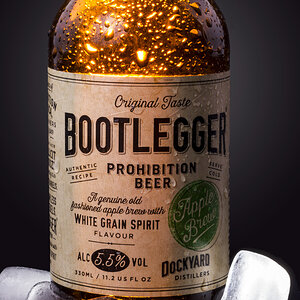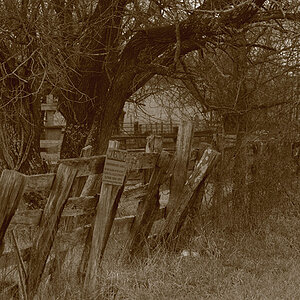SuzukiGS750EZ
No longer a newbie, moving up!
- Joined
- Oct 5, 2016
- Messages
- 728
- Reaction score
- 145
- Location
- Connecticut
- Can others edit my Photos
- Photos OK to edit
How many of you switch off of evaluative metering and if you do, can you give an example/scenerio? I don't think i've ever switched out of evaluative and i've owned my Rebel XTi for 10 years now. I just got an 80D and i'm going to try and get into the habit of checking my settings each time i go out and shoot. A big deal for me is metering because well, that's how your camera reacts to light if i'm not mistaken. So how do i remember which mode for what scenerio?


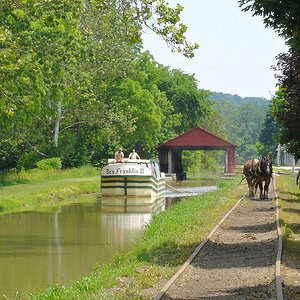

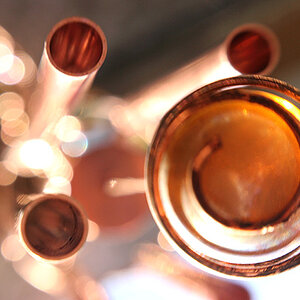

![[No title]](/data/xfmg/thumbnail/30/30994-49c5521f7b5b417f49dcd43891cbec27.jpg?1619734557)
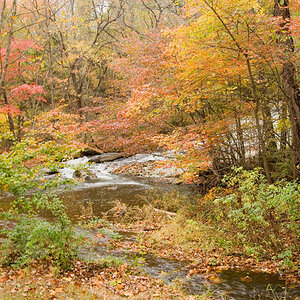

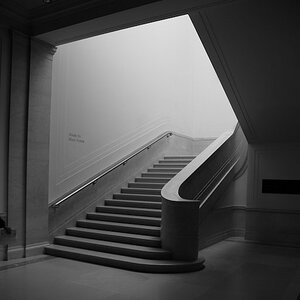
![[No title]](/data/xfmg/thumbnail/35/35967-ee5e7220e6f5cbd7d70fb99fe8ce5038.jpg?1619737285)
